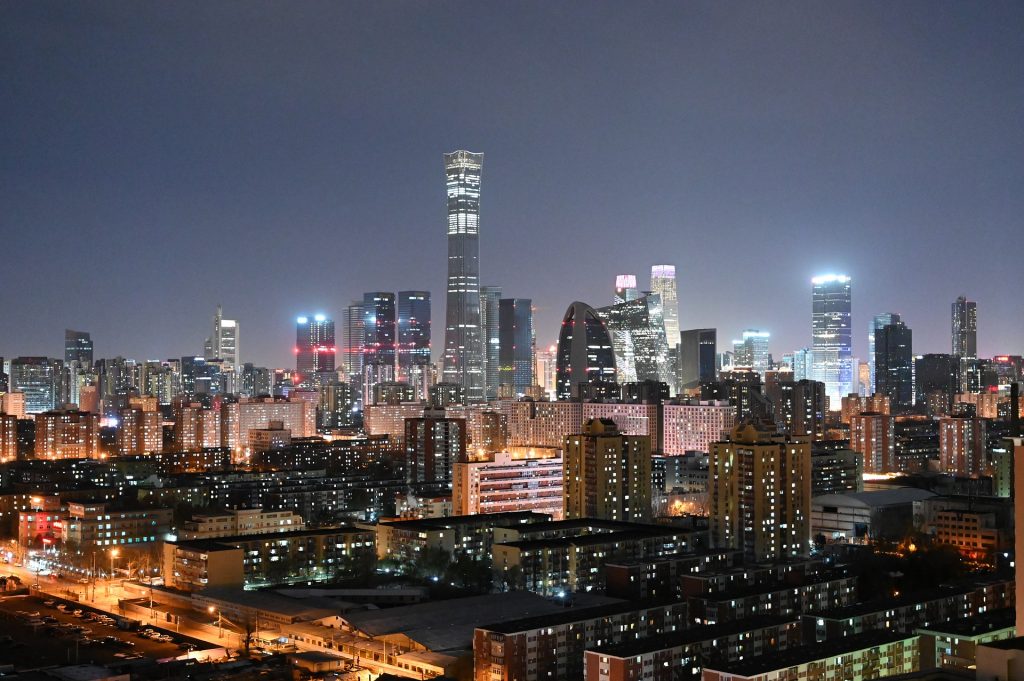Skift Take
China is dusting itself off from a major winter stumble in its road to a complete pandemic hotel recovery. While the year ahead looks good, forecasts by hotel executives of a complete rebound by December seem unlikely.
The story for much of the pandemic has been that China would lead the hotel industry’s recovery from its catastrophic collapse last year.
But that comeback isn’t as far along as some of the upbeat investor call takes would have you believe.
“Generally, while owners and operators are optimistic about this year’s performance against last year’s, many are still cautious about projecting revenues returning to pre-pandemic levels this year,” said Ling Wei Tan, vice president of Greater China at JLL Hotels & Hospitality. “This trepidation has been heightened given the risks of local outbreaks similar to the one earlier this year.”
The leaders of hotel companies like Marriott and Hyatt touted China’s rapid recovery on several of their most recent earnings calls. Marriott leaders even predicted they would return to pre-pandemic revenue levels at some point this year.
But hoteliers in China hit a notable roadblock due to winter flare-ups of new coronavirus cases, particularly in northern parts of the country. This led to regional lockdowns, which are significantly stricter than the U.S. approach.
Occupancy rates in Chengdu went from a high of 71 percent in November to 30 percent in December. Marriott’s occupancy rates in Chengdu and Qingdao fell to 20 percent this winter, the company reported on an investor call last month.
The U.S. also saw occupancy rates decline from around 50 percent to 30 percent nationally due to its surge in cases, but the decrease happened over the span of several fall and winter months as opposed to a matter of weeks.
“Unlike the U.S., if there’s a flare-up in China, cities get locked down,” said Patrick Scholes, managing director of lodging and experiential leisure equity research at Truist Securities.
Turning Point
The lockdowns led to many weeks in January and February where the U.S. overtook China in average hotel occupancy rates — a significant feat, considering the U.S. still sees tens of thousands of new cases each day. China once again overtook the U.S. in occupancy in early March, but hotels there are still 32 percent off pre-pandemic levels of revenue per room — the industry’s key performance metric.
Hotel occupancy rates in China averaged nearly 31 percent in early February compared to nearly 41 percent in the U.S., according to STR. However, Chinese hotel occupancy improved to 57 percent last week while the U.S. averaged 52 percent.
“Strict lockdown rules imposed by the government typically helps to bring cases down to zero cases within a month,” Tan said of China. “Once [a] local outbreak is under control, hotel occupancy typically picks up within two to three weeks.”
Marriott’s occupancy rates in Qingdao and Chengdu have since jumped to 60 percent only two weeks after travel restrictions were once again lifted, company leaders reported.
But it is still unlikely the Greater China hotel industry sees a full recovery this year, as international borders are largely shut off and the meetings and event sector has been slow to return.
“Many corporate parties, which are traditionally held at the beginning of the year, were cancelled due to the January outbreaks,” Tan said. “We also do not anticipate many large-scale conferences to return this year which will further impact [meetings, incentives, conferences, and exhibitions] and rooms revenues.”
Marriott did not respond to a request for comment on whether it still expected to return to 2019 revenue levels in Greater China this year.
Green Shoots: Part Two
Hoteliers around the world spent the second half of last year looking for so-called green shoots in their recovery from the revenue fall-off in the first and second quarters. With some of those shoots hitting a winter frost, hotel operators are once again on the hunt for restoring occupancy rates.
China has the upcoming Qingming Festival in April and Labor Day holiday in May, and several hotels are already almost sold out, Tan said. JLL expects hotel revenues to reach between 70 and 80 percent of pre-pandemic levels by the end of this year.
“The full-year number won’t be quite back to 2019 levels, but there will be some months in the summer and back half of 2021 pretty close to 2019 levels,” said Harry Martin, a vice president of equity research at Bernstein.
Reservations are also picking up in the U.S., buoyed around rallying confidence over vaccine distribution.
U.S. President Joe Biden indicated earlier this month plans to allow all adults access to a vaccine by May 1, paving the way for some level of normalcy this summer. But hotel bookings were on the rise before the announcement.
Future U.S. hotel bookings jumped from 41 percent of 2019 levels in January to nearly 68 percent in February, according to Skift Recovery Index data. China remains higher than the U.S. but held steady at nearly 82 percent for both months.
The one constant that remains, despite the winter setbacks, is that both countries will lead the world in the hotel recovery.
“China and the U.S. generally are much less reliant on international travel, so they should be the markets to get back to 2019 levels first,” Martin said.
Have a confidential tip for Skift? Get in touch
Tags: china, coronavirus, coronavirus recovery, marriott, str
Photo credit: The U.S. and China (pictured: Beijing) are both emerging from winter slowdowns in hotel business. Jens Wagner / Pixabay
